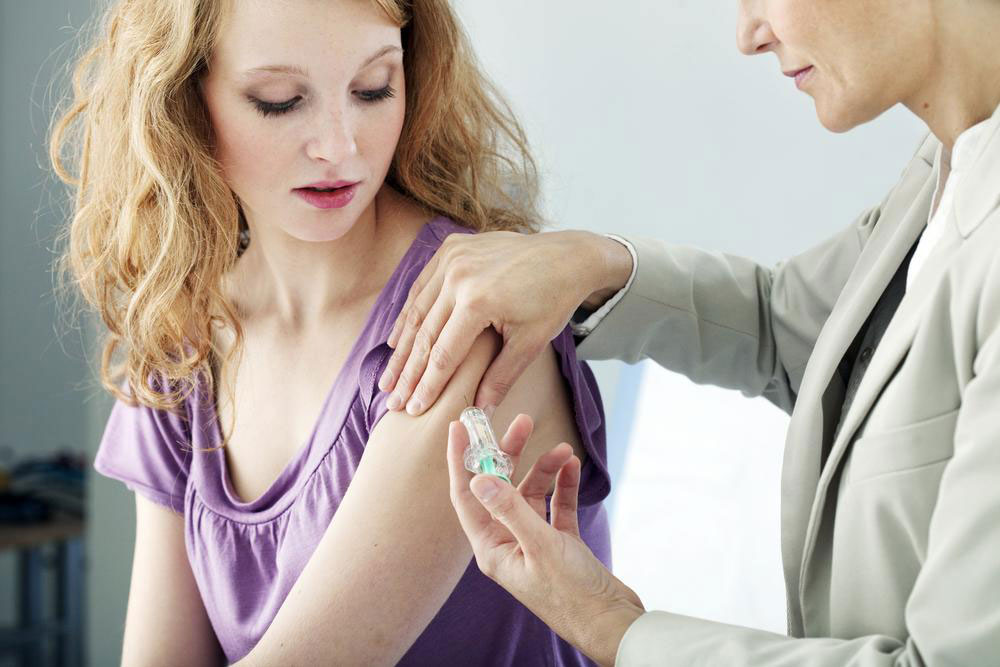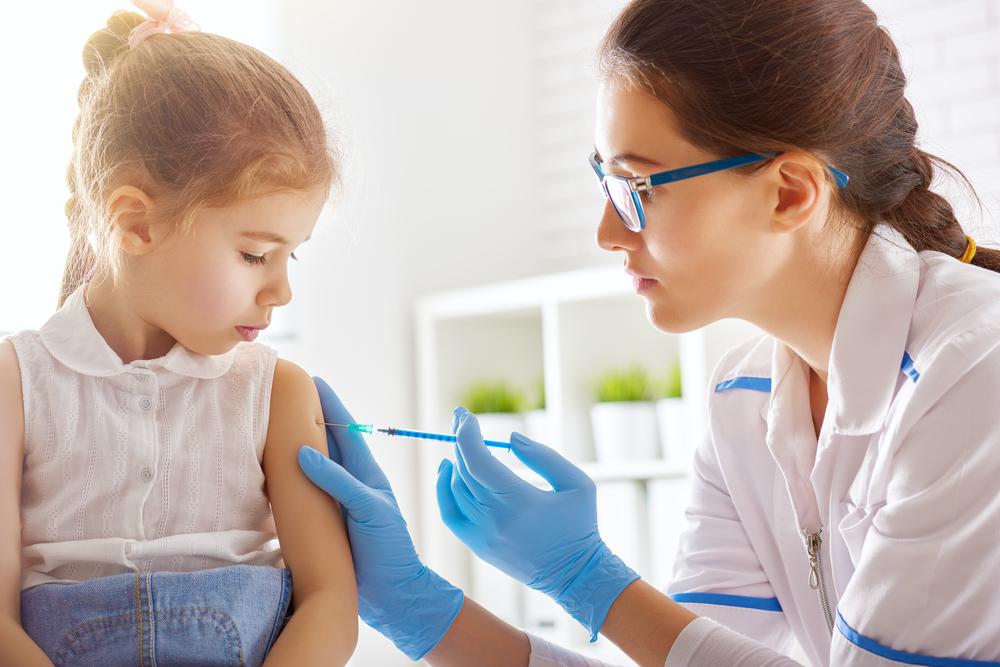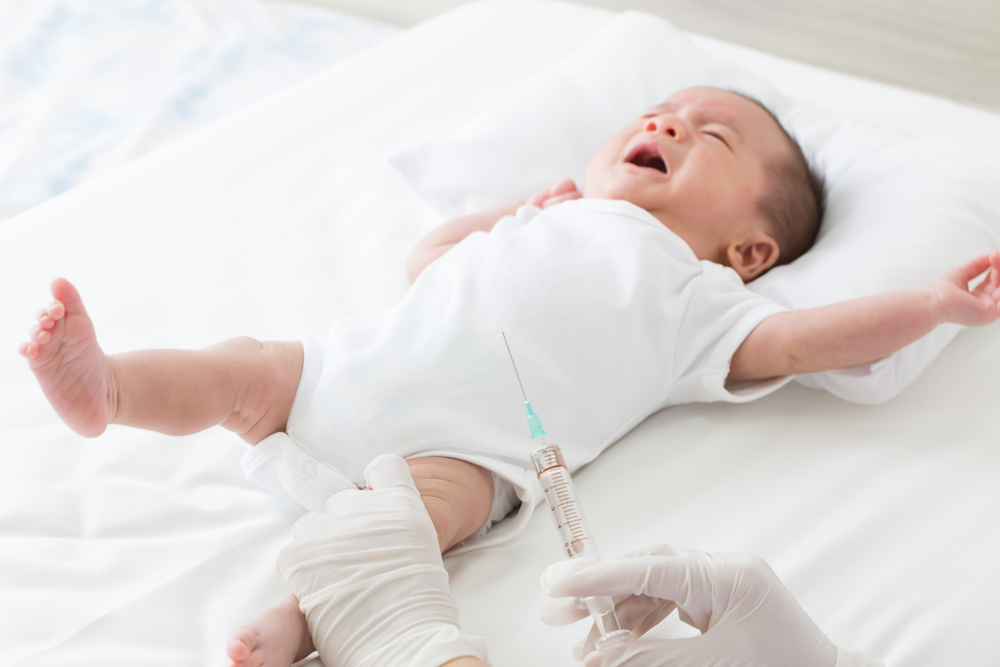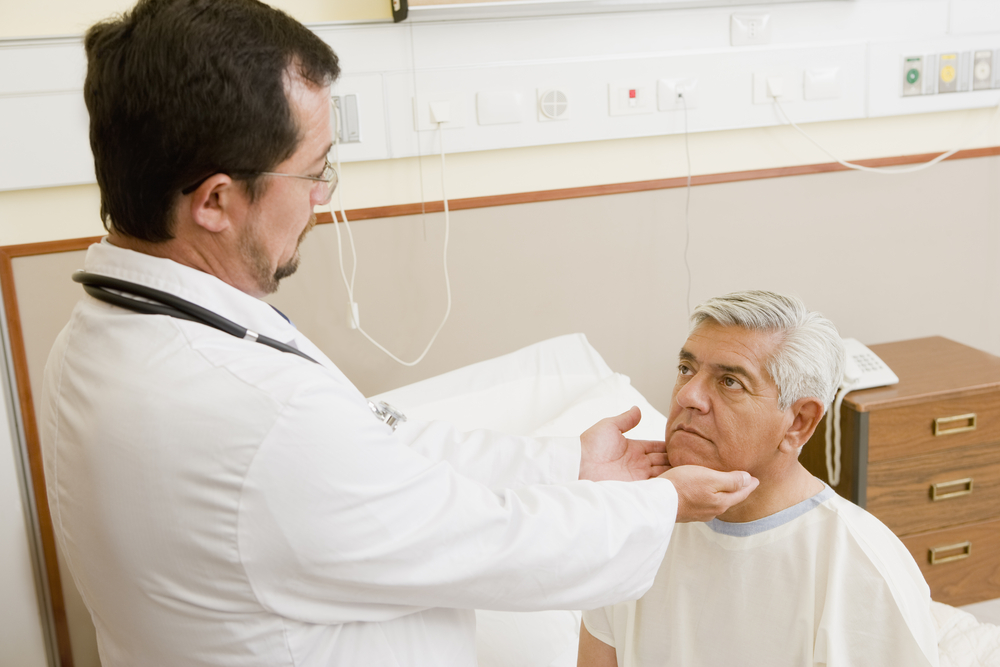MMR Vaccine: Protecting Against Measles, Mumps, and Rubella
This article discusses the MMR vaccine, highlighting its importance in preventing measles, mumps, and rubella. It covers composition, mechanism, administration, precautions, side effects, and dosage. The vaccine plays a vital role in safeguarding public health by providing immunity, especially for vulnerable groups like pregnant women and young children. Proper understanding of its use and potential reactions ensures safe and effective immunization. Always seek professional medical advice before vaccination to ensure optimal health protection.
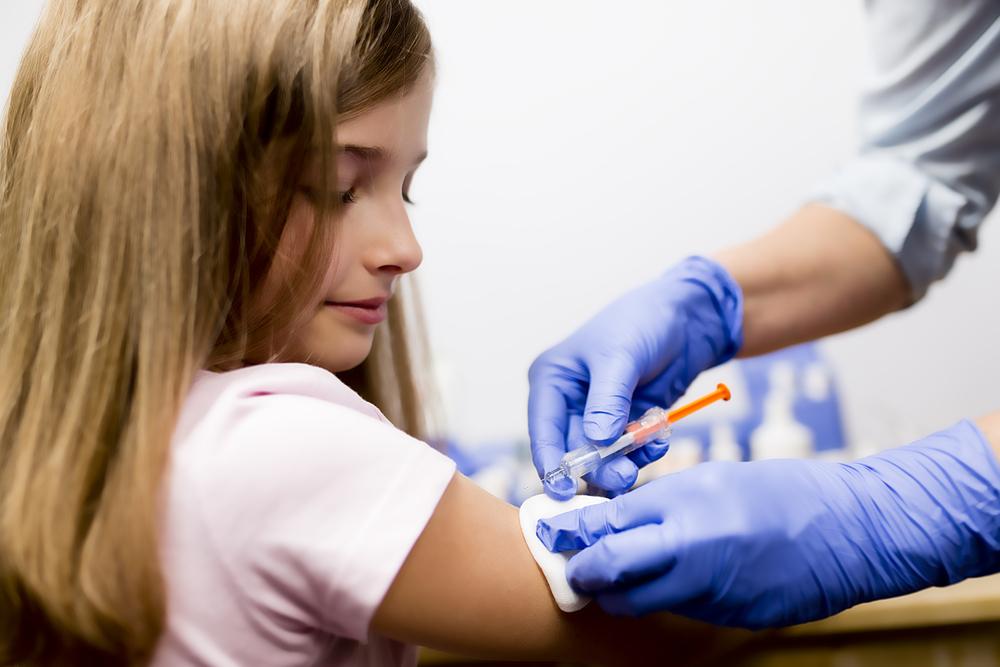
MMR Vaccine: Protecting Against Measles, Mumps, and Rubella
Purpose of the Vaccine
Vaccination against measles, mumps, and rubella is crucial, especially for pregnant women, since rubella infection can cause congenital disabilities. Mumps can result in orchitis and future infertility, while measles poses irreversible risks like blindness in children. Getting vaccinated promptly helps prevent these serious diseases.
Generic and Commercial Names
The active ingredient is Measles, Mumps, and Rubella Virus Live Vaccination, branded as M-M-R II.
Vaccine Composition
The reconstituted vaccine provides 0.5 ml doses containing at least 1,000 CCID50 of measles virus, 12,500 CCID50 of mumps virus, and 1,000 CCID50 of rubella virus.
How it Works
When administered, the vaccine prompts your immune system to produce antibodies targeting measles, mumps, and rubella viruses, offering protective immunity.
Administration Timing
Recommended for individuals aged 12 months and older, the vaccine can be given at any suitable time after this age.
Usage Indications
The M-M-R vaccine is designed to provide simultaneous protection against measles, mumps, and rubella. It is particularly important during outbreaks of these diseases and should be given to non-pregnant adolescents and women of childbearing age to prevent rubella infections during pregnancy, protecting the fetus from congenital defects.
Precautions
Ready access to emergency medications like epinephrine (1:1000) is essential for managing possible allergic reactions.
Extra caution is advised for people with a history of convulsions, brain injury, or conditions sensitive to fever. Doctors should monitor for fever post-vaccination.
Those with egg allergies may have heightened risk for hypersensitivity; vaccination should be considered carefully, with emergency treatment available.
People with thrombocytopenia are at risk of more severe reactions. Monitoring and serologic testing can help determine the need for additional doses.
This vaccine must not be given during pregnancy.
Lactating women should exercise caution, as live rubella virus may transmit through breast milk.
HIV-positive but non-immunosuppressed adults can receive this vaccine safely.
Potential Side Effects
Common: Short-lasting burning or stinging at the injection site.
Occasional: Fever (around 101°F/38.3°C), mild rash, or generalized measles-like symptoms.
Rare: Mild erythema, tenderness, sore throat, malaise, and, very rarely, neurological issues such as febrile convulsions or encephalitis.
Other rare reactions include allergic responses, joint pain, and swelling.
Dosage involves a 0.5 ml subcutaneous or intramuscular shot.
Important Notice:
The information provided here is for educational purposes only. It does not replace medical advice from healthcare professionals. Consult licensed practitioners for personalized healthcare guidance.

